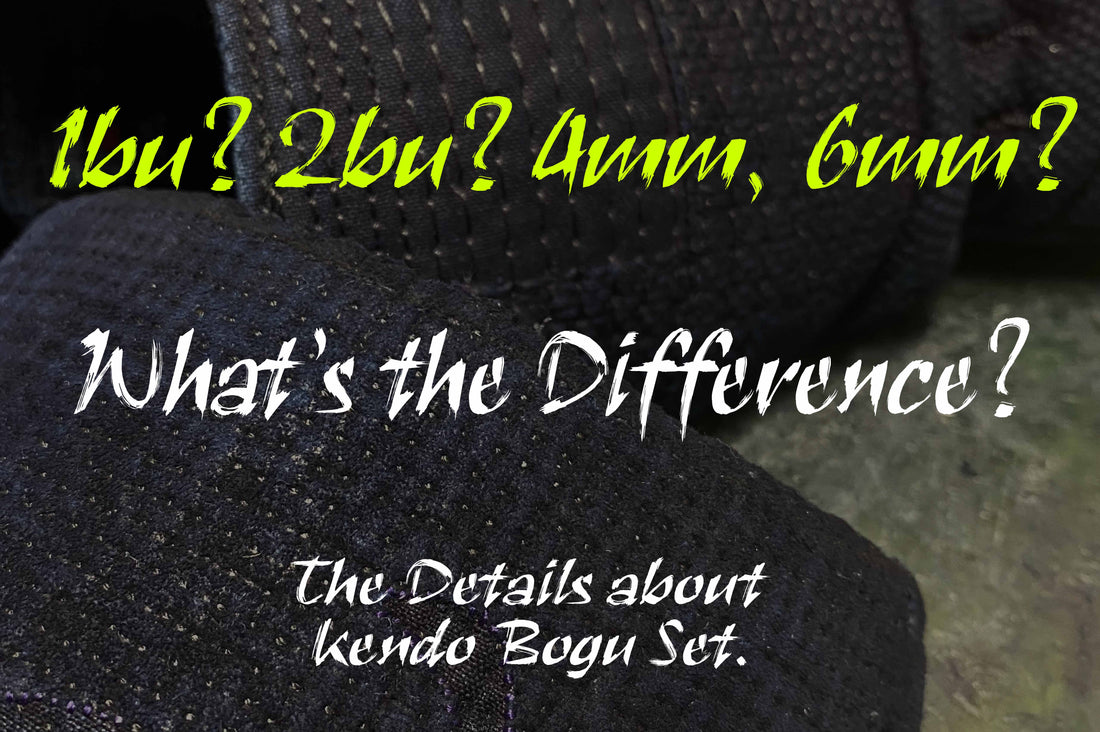When you are purchasing bogu, you will often see measurements such as 4mm, 6mm, etc.
The term ‘bu’ also exists; such as 1-bu, 2-bu, etc.
Do you know what those are?
This represents the stitching width of the bogu’s futon part; the cushion to receive strikes.
‘Bu’ is the measurement used for hand stitched bogu, and ‘mm’ is used for machine stitched bogu.
You can identify the type of stitching as well as the width based on these measurements.
‘Bu’ is a traditional measurement used in Japan to measure the length.
Now, we use ‘cm’ and ‘mm’ to describe the length, but the measurement called ‘shaku’, ‘sun’, ‘bu’, ‘rin’ were used to make bogu set in Edo period.
The length ratio is similar to ‘inches’, which 3.03mm is equivalent to ‘1-bu’.
Back in the day, there was no sewing machine so everything was done by hands.
1.0 bu – 3.03mm
1.5 bu – 4.54mm
2.0 bu – 6.06mm
Now regarding the ‘mm’, as mentioned earlier, the measurement ‘mm’ is used for anything that is made using a machine.
Machine stitched bogu was first created after the World War II.
The measurement in Japan has changed to ‘mm’ by that time and it was also used to make a bogu set.
Both the measurements ‘bu’ and ‘mm’ are still used to differentiate hand stitched and machine stitched bogu.
People often misunderstand that machine stitched bogu are completed made by machine.
However, only the futon (cushion/padding) is stitched by machine and rest of the parts are still hand sewed.
The majority of parts of your bogu set are made by hands.

You will learn to respect your equipment and handle them with care, but hopefully learning how a bogu set is made can give you a deeper thought about bogu.
We will talk about how the stitching width differs the function in the next blog post.

